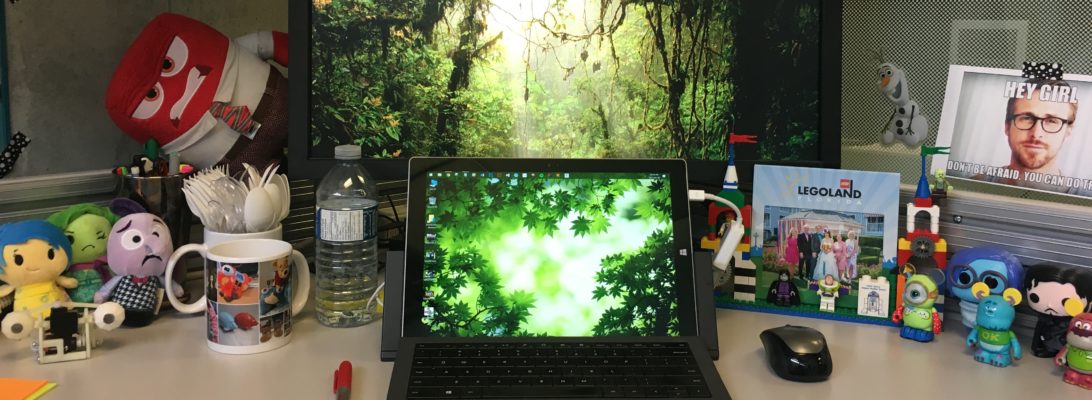While current fabrication technologies have led to a wealth of techniques to create physical artifacts of virtual designs, they require unidirectional and constraining interaction workflows. Instead of acting as intelligent agents that support human’s natural tendencies to iteratively refine ideas and experiment, today’s fabrication machines function as output devices. In this work, we argue that fabrication machines and tools should be thought of as live collaborators to aid in-situ creativity, adapting physical dynamics come from unique materiality and/or machine specific parameters. Through a series of design narratives, we explore Human-FabMachine Interaction (HFI), a novel viewpoint from which to reflect on the importance of (i) interleaved design thinking and refinement during fabrication, (ii) enriched methods of interaction with fabrication machines regardless of skill level, and (iii) concurrent human and machine interaction.
postdoc
The Living Room: Exploring the Haunted and Paranormal to Transform Design and Interaction
Our animatronic moose built from LEGO and Servo Motors!
Along with a number of prototypes, we also ran a Mechanical Turk study to gather information about the objects people have in their living rooms and how they interact (or as it turned out, ignore) these objects. We also synthesized the survey results, prototypes, and construction lessons into a Haunted Design Framework that can be used to develop or re-imagine interfaces for the home.
A quick video illustrating some of the ideas and prototypes:
Abstract:
Within this work, a novel metaphor, haunted design, is explored to challenge the definitions of display’ used today. Haunted design draws inspiration and vision from some of the most multi-modal and sensory diverse experiences that have been reported, the paranormal and hauntings. By synthesizing and deconstructing such phenomena, four novel opportunities to direct display design were uncovered, e.g., intensity, familiarly, tangibility, and shareability. A large scale design probe, The Living Room, guided the ideation and prototyping of design concepts that exemplify facets of haunted design. By combining the opportunities, design concepts, and survey responses, a framework highlighting the importance of objects, their behavior, and the resulting phenomena to haunted design was developed. Given its emphasis on the odd and unusual, the haunted design metaphor should great spur conversation and alternative directions for future display-based user experiences.
L’Oreal Canada and UNESCO Post-Doc Award!

The winners of the L’Oreal Canada and L’Oreal-UNESCO awards (I am one of the only in pants!)!
The awards presentation was held in Ottawa, Ontario, at the French Embassy so I got to have my first visit to the nation’s capital (the National Gallery of Canada is fabulous!). Never did I imagine that I would get to go to an Embassy, so it was a real treat to meet and learn about the lives of diplomats and those who make decisions about funding at NSERC.

Art Deco and some fabulous marble!

Feels just like a Castle in France.
The press release, which also announces a fabulous new program from L’Oreal supporting women in science, can be found here.
UIST 2015 Publication! MoveableMaker: Facilitating the Design, Generation, and Assembly of Moveable Papercraft
 Wedding Menu pre-MoveableMaker
Wedding Menu pre-MoveableMaker
Wedding Menu post-MoveableMaker (everything is much cleaner and required must less effort)
Abstract:
In this work, we explore moveables, i.e., interactive papercraft that harness user interaction to generate visual effects. First, we present a survey of children’s books that captured the state of the art of moveables. The results of this survey were synthesized into a moveable taxonomy and informed MoveableMaker, a new tool to assist users in designing, generating, and assembling moveable papercraft. MoveableMaker supports the creation and customization of a number of moveable effects and employs moveable-specific features including animated tooltips, automatic instruction generation, constraint-based rendering, techniques to reduce material waste, and so on. To understand how MoveableMaker encourages creativity and enhances the workflow when creating moveables, a series of exploratory workshops were conducted. The results of these explorations, including the content participants created and their impressions, are discussed, along with avenues for future research involving moveables.




